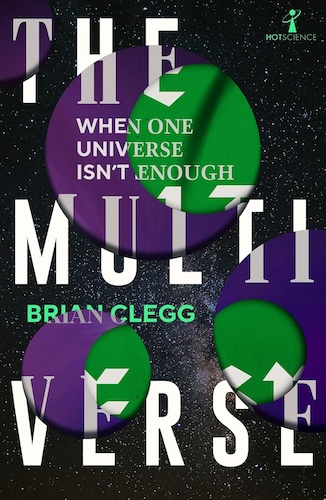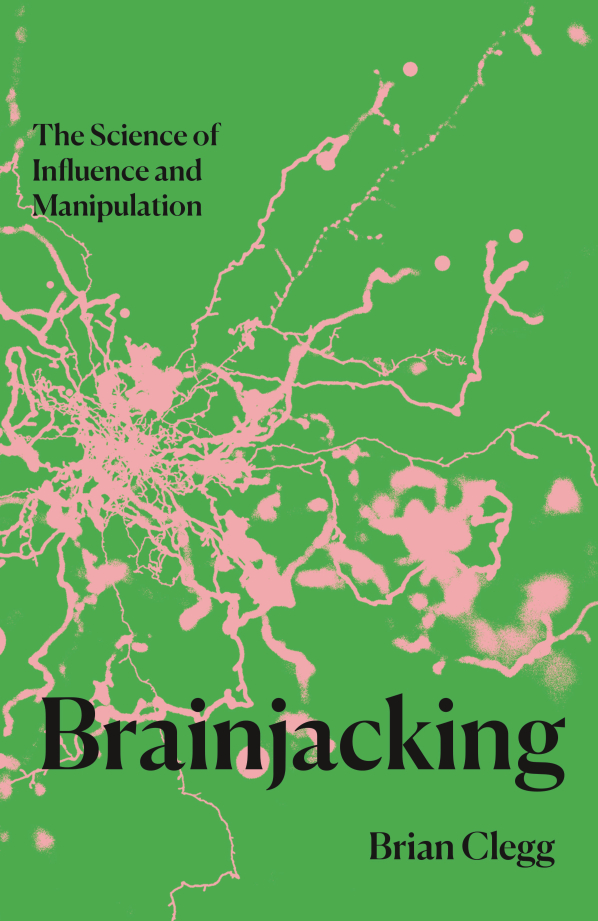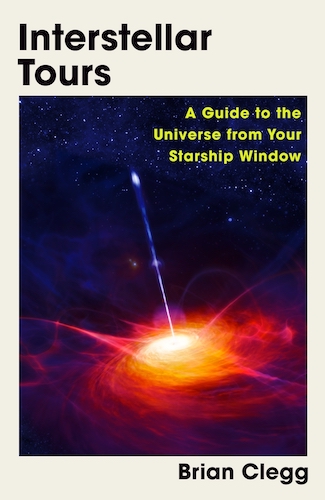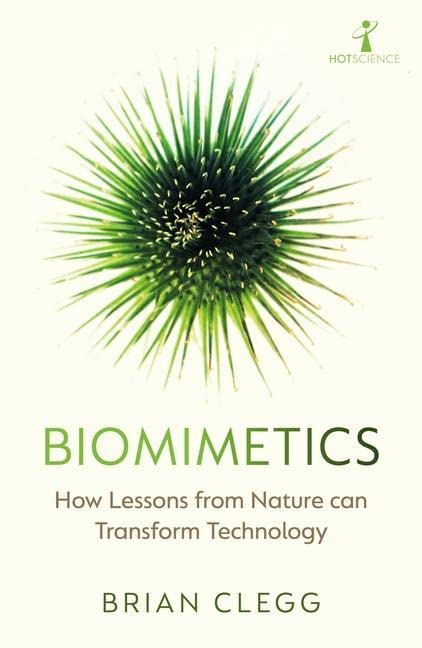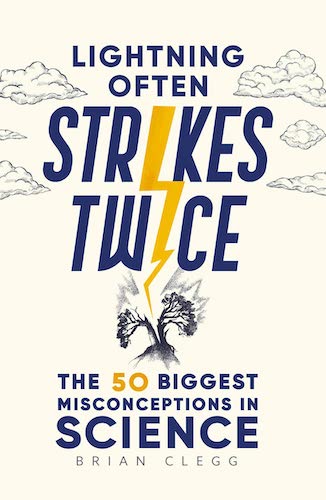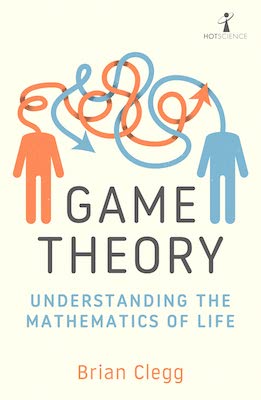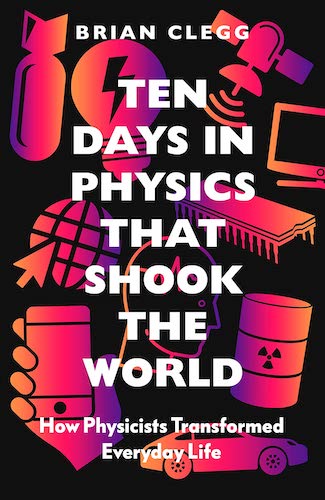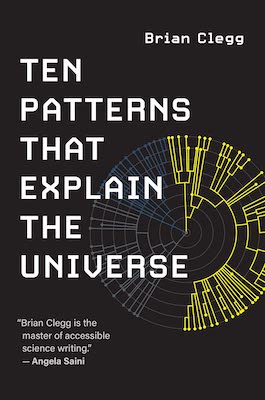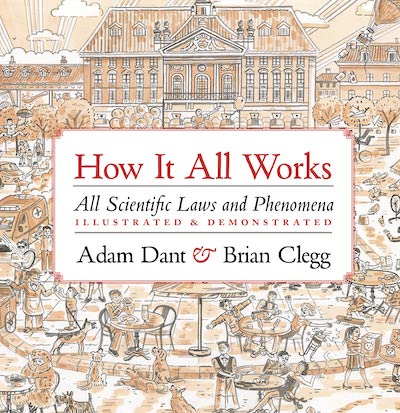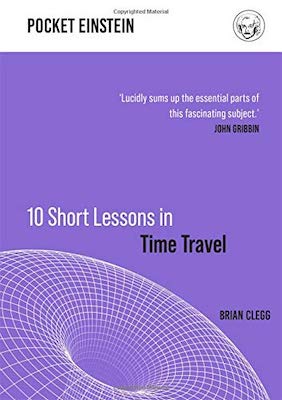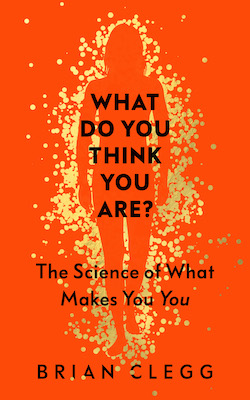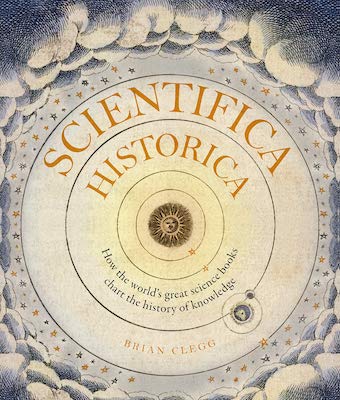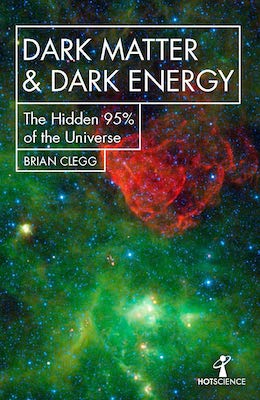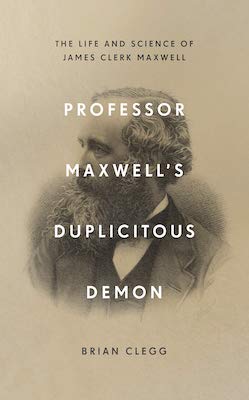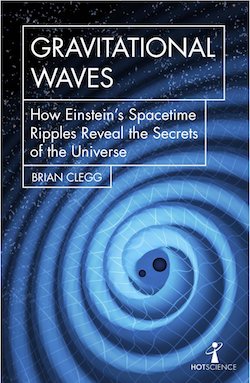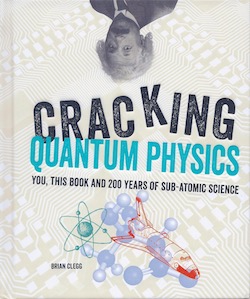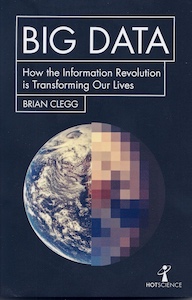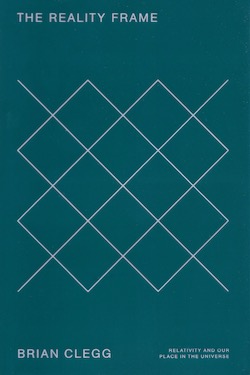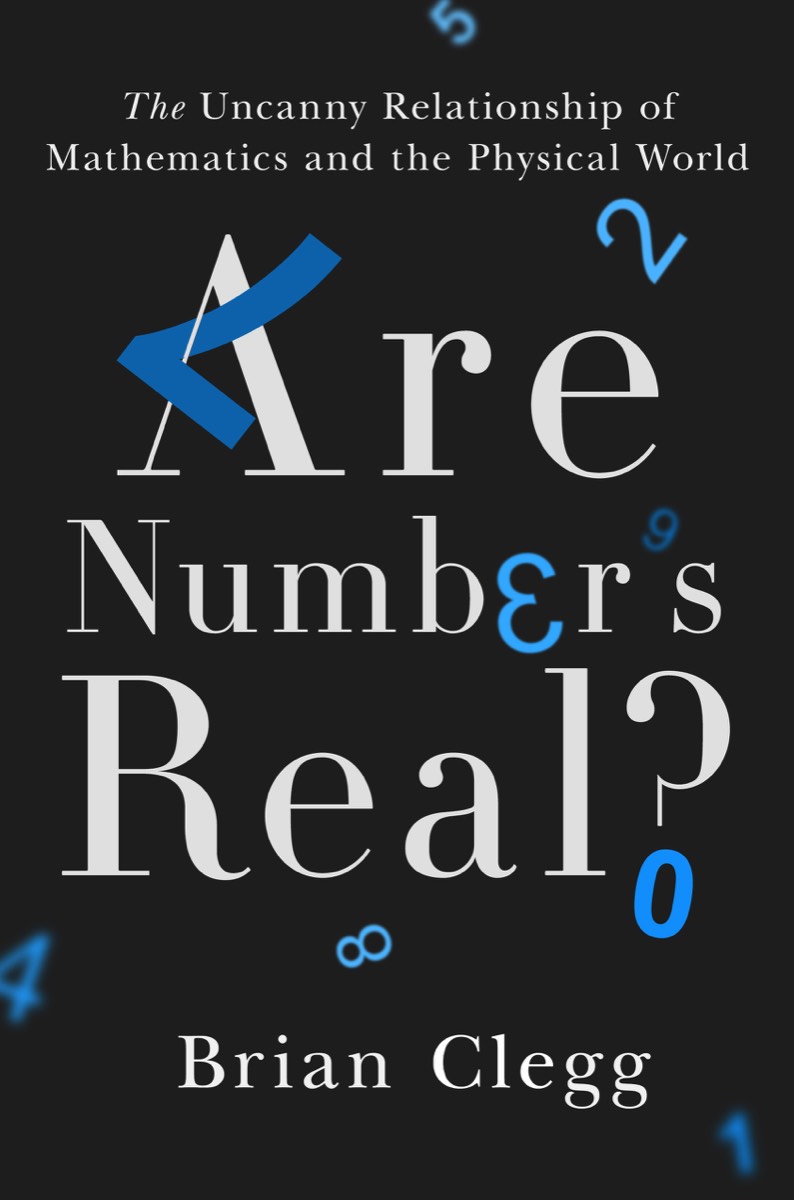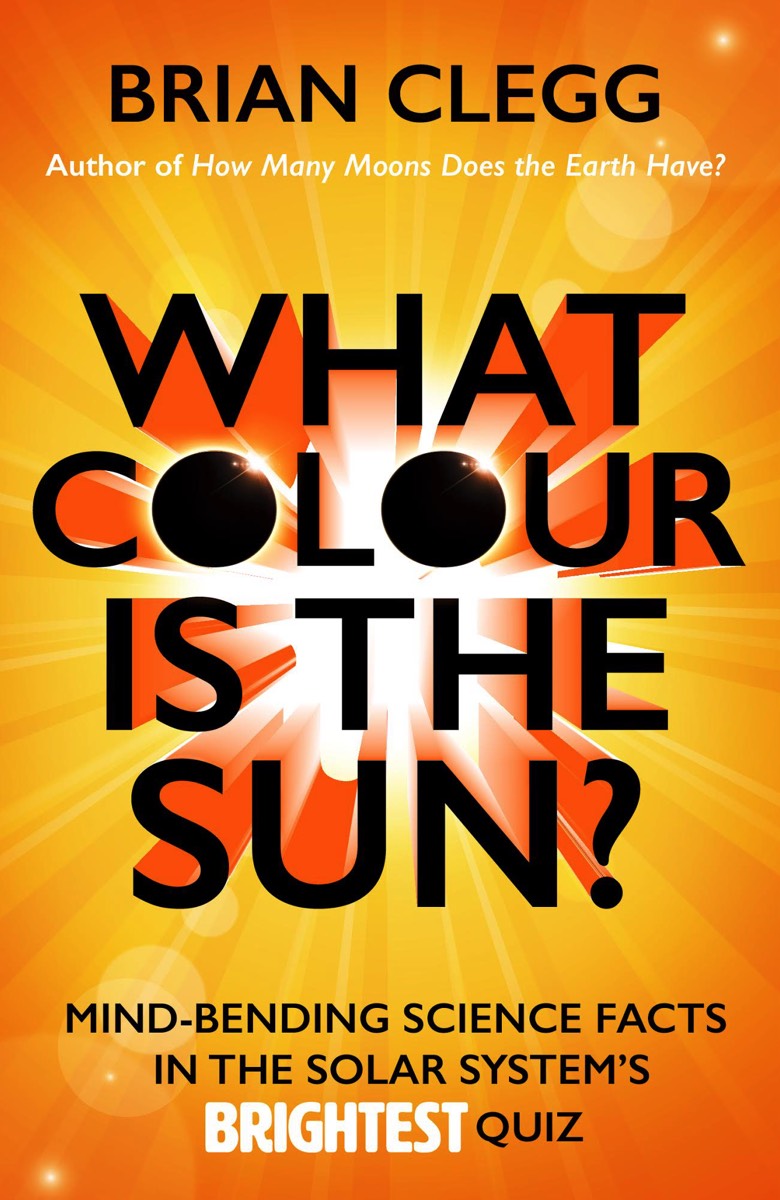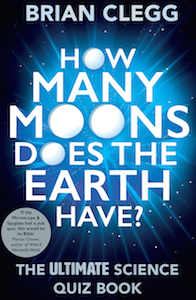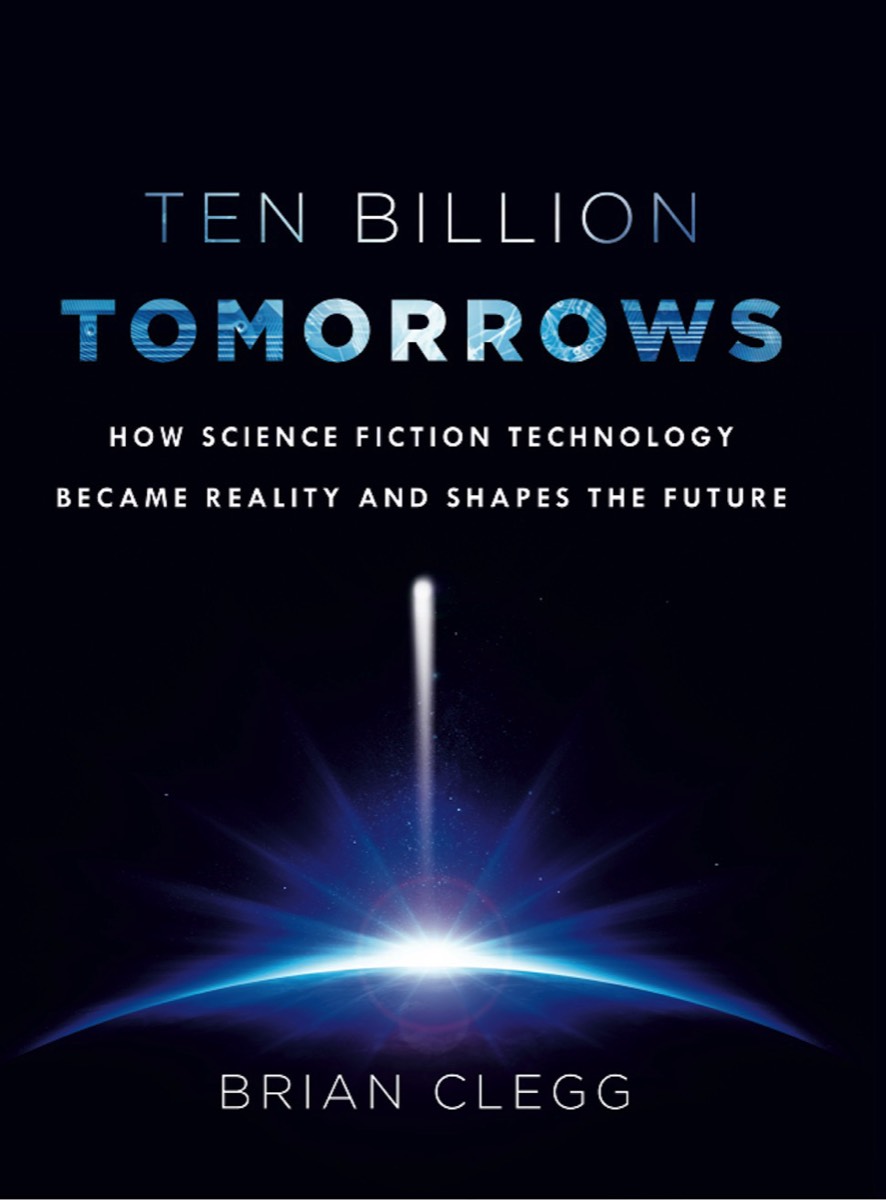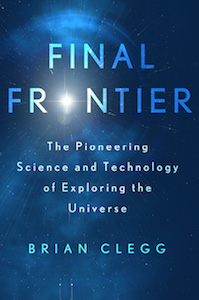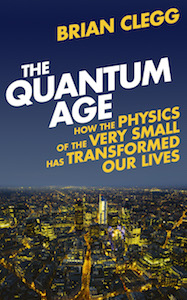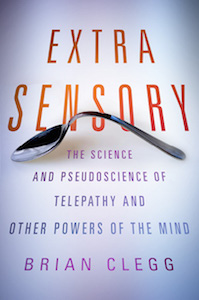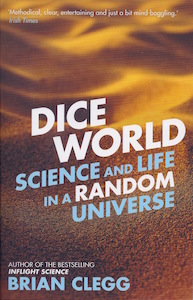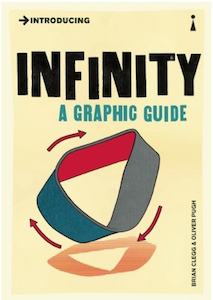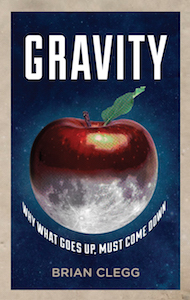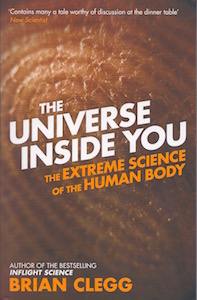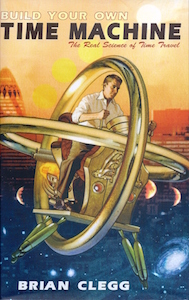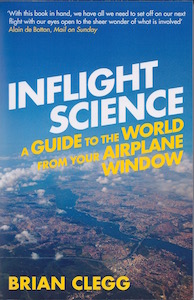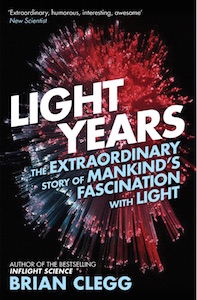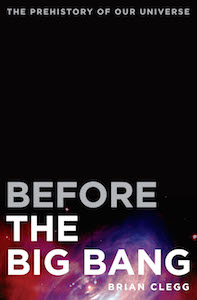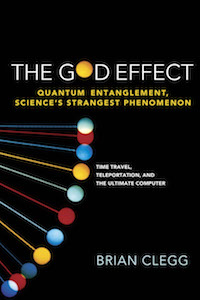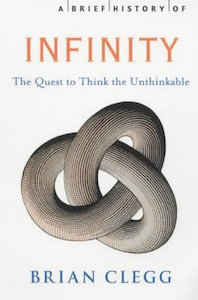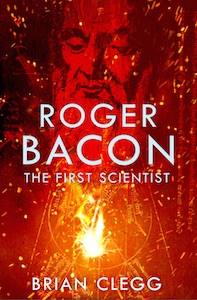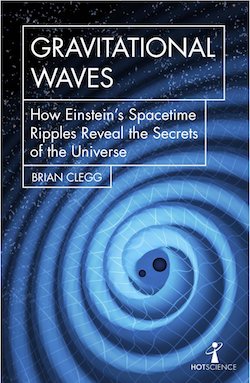
Gravitational Waves
Transforms a frustrating, century-long tale of disappointment into a gripping human drama
Brian Clegg
In 2015, after 50 years of searching, gravitational waves were detected for the first time and astronomy changed forever. In 2017, the project's leading scientists were awarded the Nobel Prize in Physics.
Astronomy has always depended on electromagnetic radiation: visible light, radio, X-rays and the rest. But gravitational waves - ripples in the fabric go space time predicted by Einstein's general theory of relativity - can pass through barriers that stop light dead.
At the two LIGO observatories in the US, scientists developed incredibly sensitive detectors, capable of spotting a movement 100 times smaller than the nucleus of an atom. They recorded the ripples produced by two black holes spiralling into each other, setting spacetime quivering.
This was the first time black holes had ever been directly detected - but it promises far more for the future of astronomy. One day, we may be able to look back to the first seconds of the universe itself.
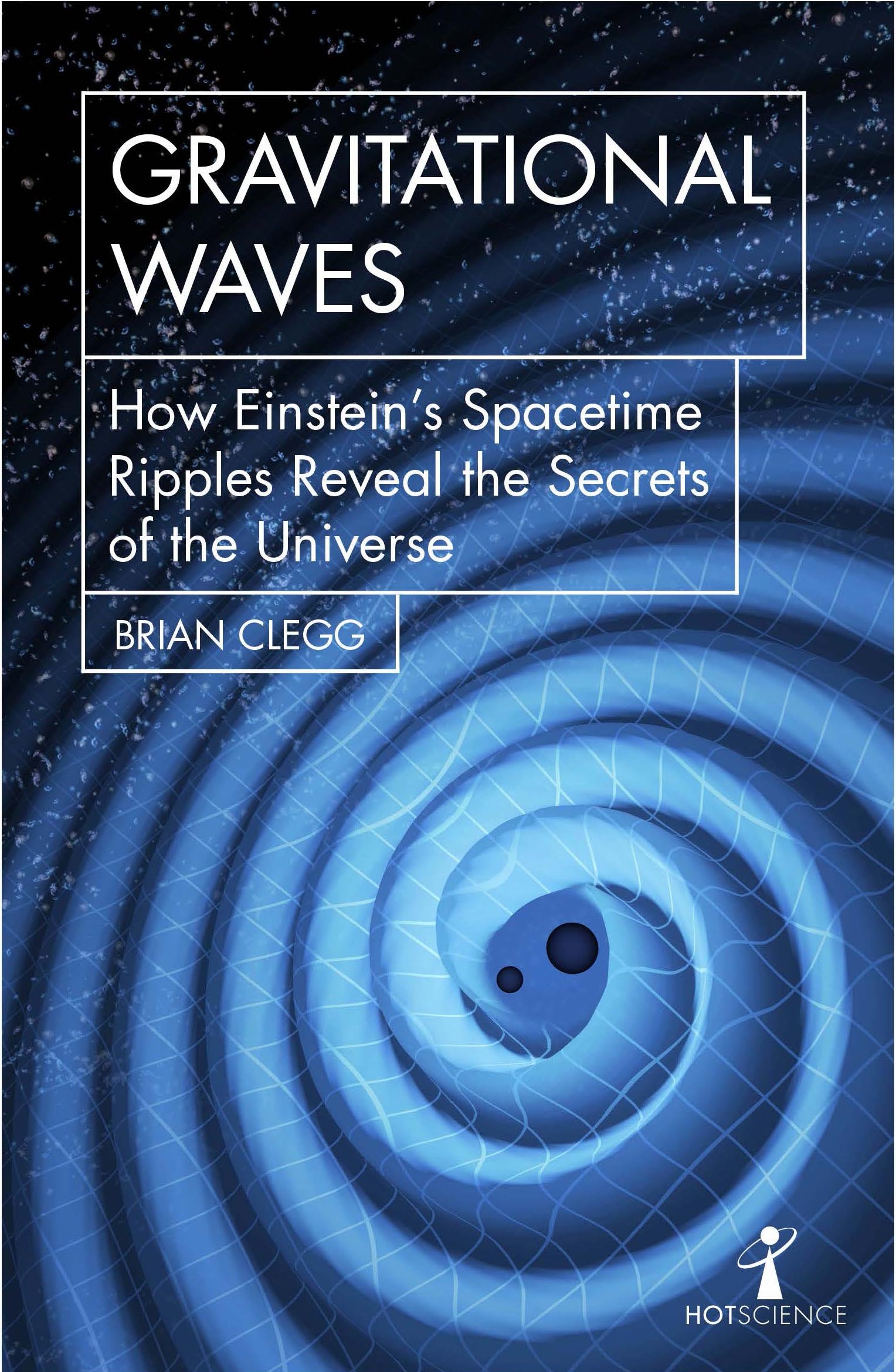
If you’d like a signed copy - it makes a great gift - purchase direct below when available. If you want a personalised inscription, just drop Brian an email at the same time with the details.
Paperback
Kindle
Nook
Kobo
Apple
Using these links earns us commission at no cost to you
Reviews
[Brian Clegg] is such a prolific writer of popular science, it is easy to forget how good he is… Clegg delivers an impressive double punch: he transforms a frustrating, century-long tale of disappointment into a gripping human drama, affording us a vivid glimpse into the uncanny, depersonalised and sometimes downright demoralising operations of big science. And readers still come away wishing they were physicists. Simon Ings, New Scientist
Succinctly explains what gravitational waves are, how their existence was predicted, and methods by which they might be detected. It describes the design and construction of LIGO, the detections that have been made with it, and their physical interpretation. And there’s a substantial concluding chapter on what the future holds for gravitational wave astronomy. Andrew May, Popular Science review site
Links to purchase books earn us commission at no cost to you

